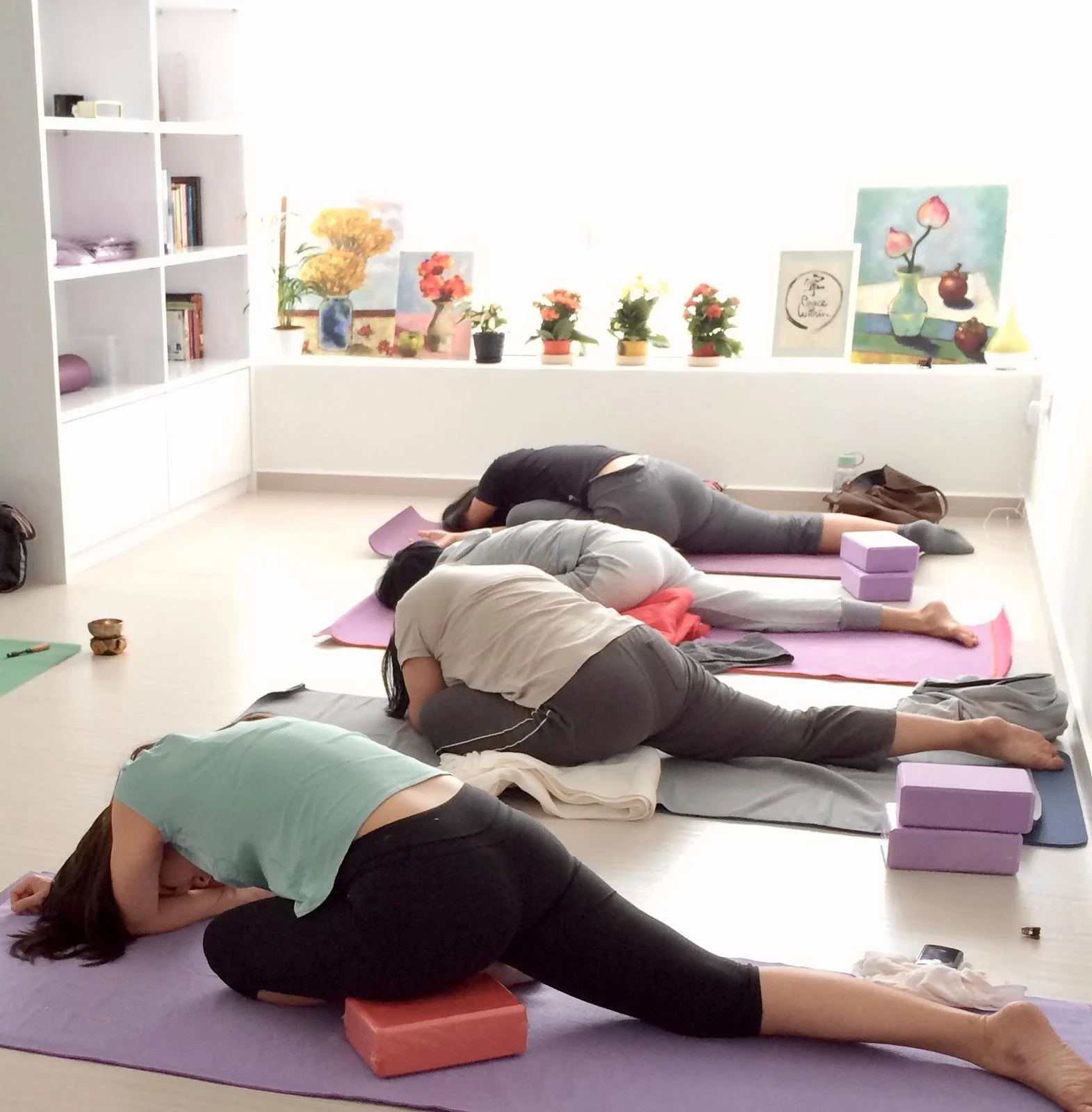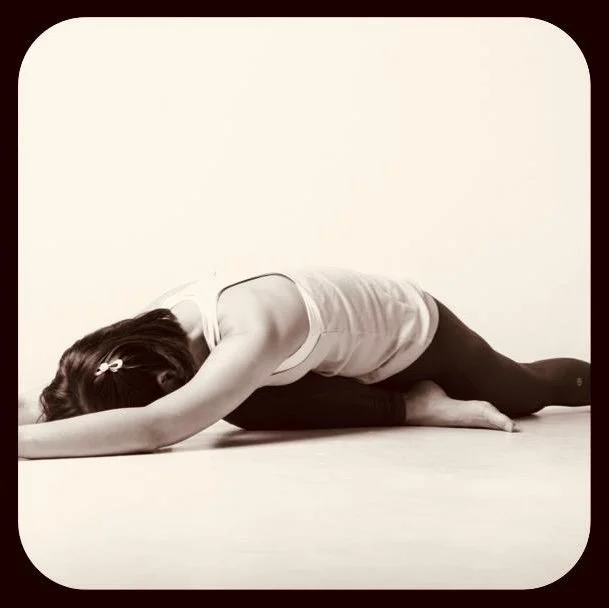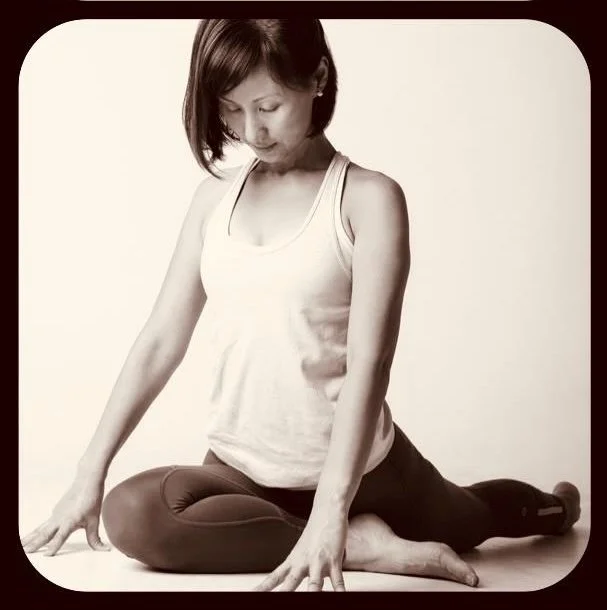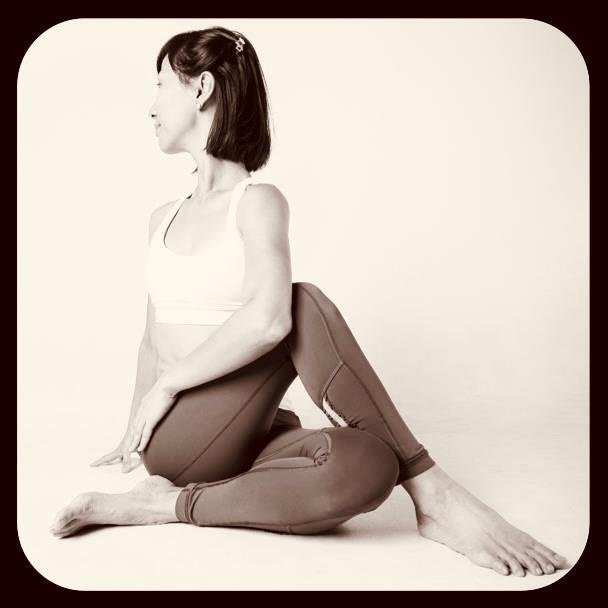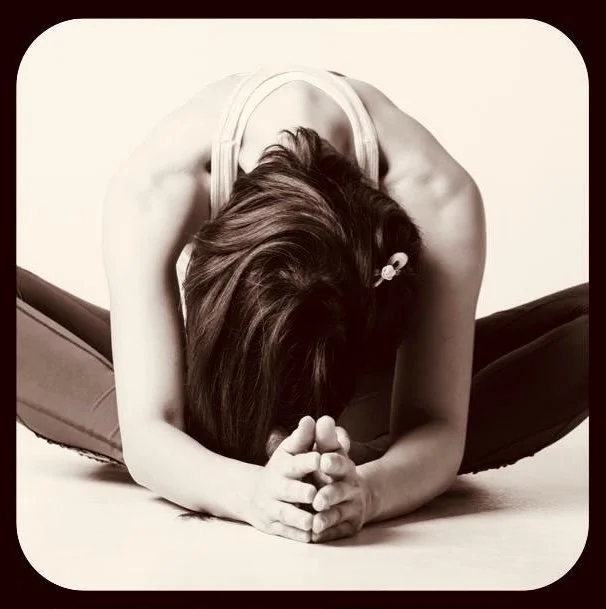
Yin Yoga
What is Yin Yoga?
Yin yoga is a gentle and meditative practice that aims to target the deep connective tissues of the body. Unlike more dynamic styles of yoga, yin yoga involves holding passive poses for extended periods of time, typically around three to five minutes. This allows for a deep release of tension and a gentle opening of the body.
Yin yoga poses are often held close to the ground, and the use of props such as bolsters, blankets, and blocks can help support the body and encourage relaxation. The practice is designed to be slow and meditative, allowing practitioners to deeply connect with their breath and explore sensations in the body.
Yin yoga is also an excellent practice for cultivating mindfulness and introspection. The long holds in each pose provide an opportunity to observe the thoughts and sensations that arise, and to practice acceptance and non-judgment. This can be particularly beneficial for those dealing with stress, anxiety, or chronic pain.
The Philosophy of Yin Yoga
The practice of yin yoga is based on the concept of yin and yang, an ancient Chinese philosophy that represents the complementary forces of nature. In this philosophy, yin is the stable, unmoving, and hidden aspect, while yang is the active, moving, and outward aspect. In yin yoga, we are focusing on the yin aspects of our bodies – the deeper connective tissues, tendons, ligaments, and fascia.
The Principles of Yin Yoga
Yin Yoga is based on the principles of stillness, depth, and time. The practice focuses on holding poses for longer durations, typically three to five minutes or even longer. This prolonged hold allows for a deeper stretch and targets the connective tissues, such as ligaments, tendons, and fascia. These tissues require longer stretches to properly release and lengthen, compared to the muscles, which are more suited to dynamic, shorter stretches.
Depth refers to the intensity of the stretch, with practitioners encouraged to relax into the pose and allow gravity to deepen the stretch gently. This helps to create more space within the body and release tension from the connective tissues.
Stillness is a key principle in Yin Yoga, encouraging practitioners to find a comfortable position and then remain still, both physically and mentally. This stillness enables a deeper, introspective experience and helps cultivate a sense of mindfulness.
Breath awareness is also a key component of yin yoga. Practitioners are encouraged to focus on their breath throughout the practice, using it as a tool to deepen their experience in each pose. By maintaining a steady, even breath, practitioners can access a state of relaxation and calm that can be difficult to achieve in more dynamic forms of yoga.
Finally, yin yoga emphasizes the concept of surrender. Practitioners are encouraged to let go of any tension or resistance in the body and to surrender to the experience of each pose. This focus on surrender can help release stress and anxiety, promoting a sense of inner peace and relaxation.
Overall, yin yoga is a profoundly nurturing and introspective practice that can help to balance our often fast-paced and yang-dominated lives. By taking the time to slow down and connect with the yin aspects of our bodies, we can cultivate a greater sense of ease and well-being, or simply find a moment of peace in our day.
Our Yin Yoga Teacher
-
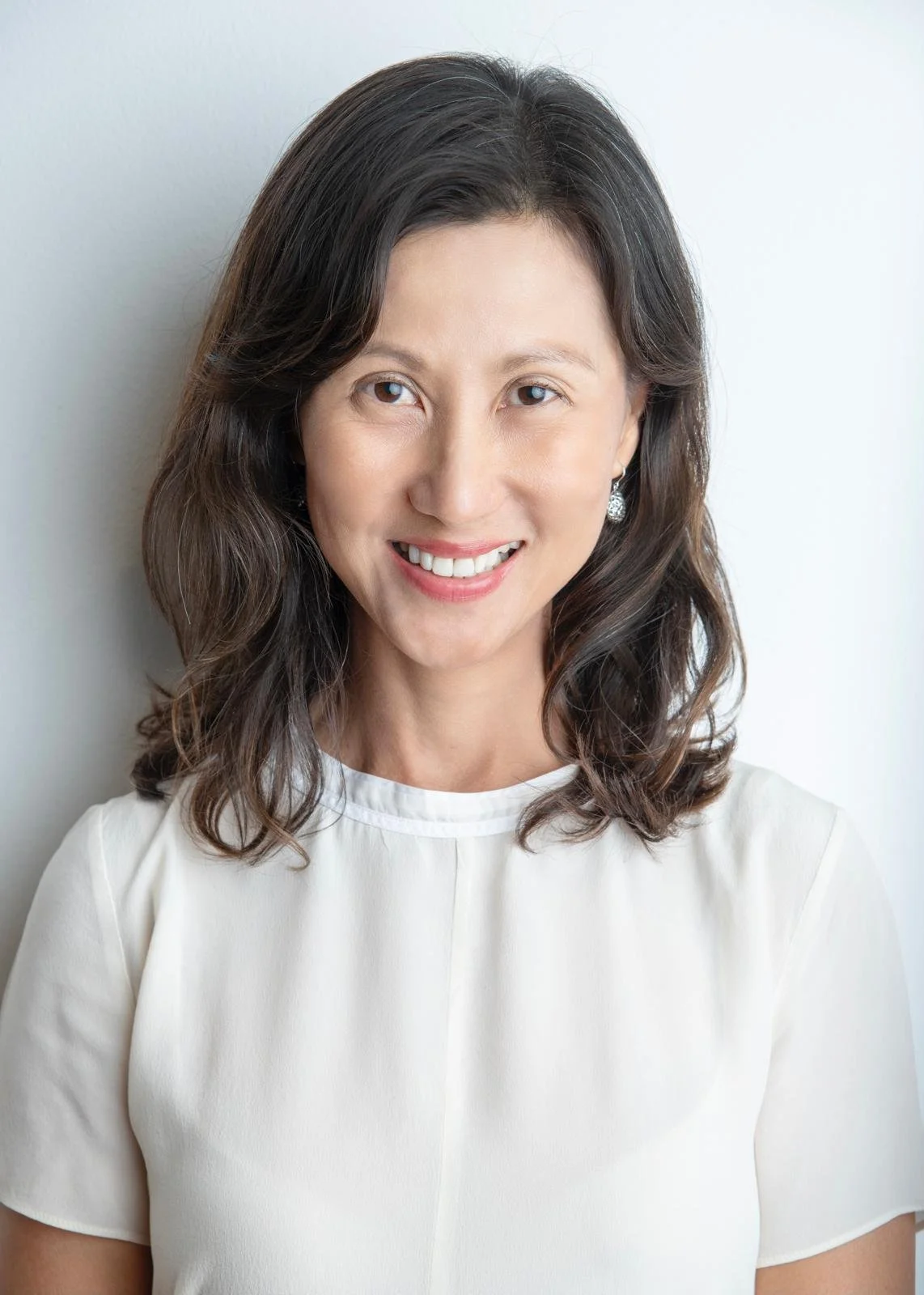
Chrissie Tan
Yin Yoga Teacher / Mindfulness Coach


